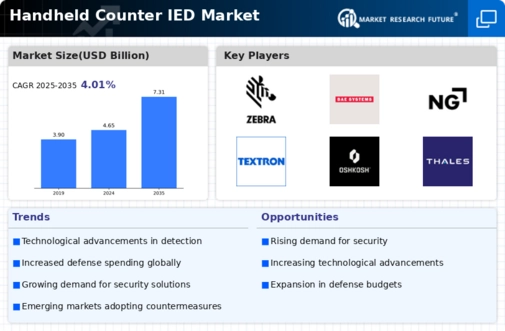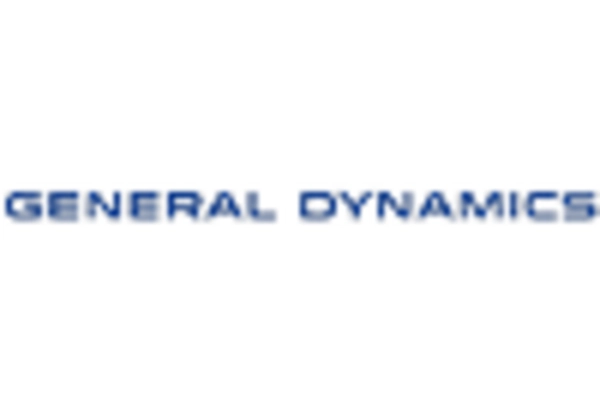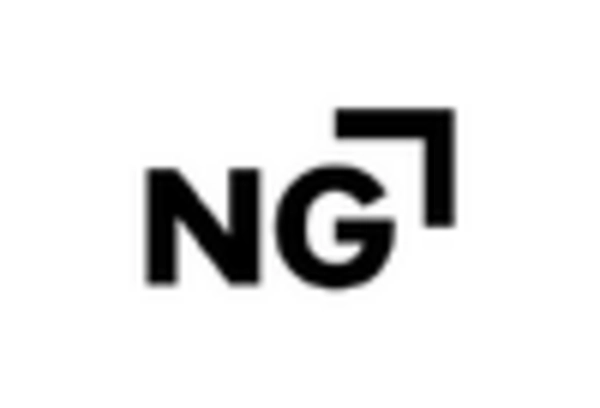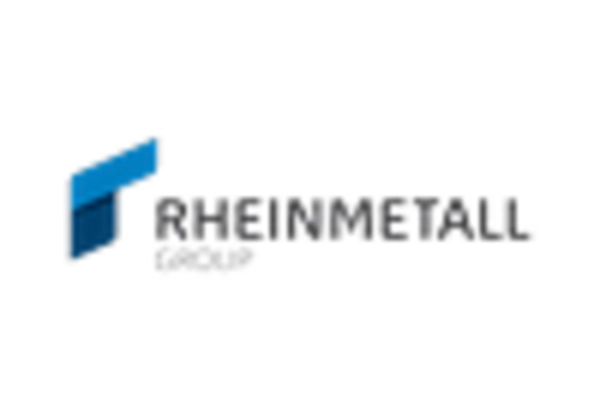Rising Threat of IEDs
The increasing prevalence of improvised explosive devices (IEDs) in conflict zones and terrorist activities has heightened the demand for advanced detection and neutralization technologies. The Handheld Counter IED Market is experiencing growth as military and law enforcement agencies seek effective solutions to counter these threats. According to recent data, the number of IED incidents has surged, prompting governments to allocate more resources towards counter-IED technologies. This trend indicates a pressing need for handheld devices that can quickly identify and neutralize IEDs, thereby enhancing operational safety and effectiveness. As threats evolve, the Handheld Counter IED Market is likely to expand to meet the demands of security forces worldwide.
Technological Innovations
Technological advancements play a crucial role in shaping the Handheld Counter IED Market. Innovations in sensor technology, data analytics, and artificial intelligence are driving the development of more sophisticated handheld devices. These advancements enable faster detection and more accurate identification of IEDs, which is essential for ensuring the safety of personnel in high-risk environments. The integration of machine learning algorithms into handheld devices allows for real-time data processing, enhancing decision-making capabilities. As a result, the market is witnessing a shift towards more efficient and reliable counter-IED solutions. The continuous evolution of technology suggests that the Handheld Counter IED Market will remain dynamic, adapting to emerging threats and operational requirements.
Government Initiatives and Funding
Government initiatives aimed at enhancing national security are significantly influencing the Handheld Counter IED Market. Increased funding for defense and security programs has led to a surge in procurement of advanced counter-IED technologies. Many countries are prioritizing the development and acquisition of handheld devices to protect military personnel and civilians from IED threats. For instance, recent budget allocations indicate a trend towards investing in research and development of innovative countermeasures. This financial support not only boosts the market but also encourages collaboration between government agencies and private sector companies. As a result, the Handheld Counter IED Market is poised for growth, driven by strategic investments in security technologies.
Growing Demand from Law Enforcement Agencies
The Handheld Counter IED Market is witnessing a growing demand from law enforcement agencies tasked with maintaining public safety. As urban areas face increased risks from potential IED threats, police and security forces are seeking portable and effective solutions for threat detection. The need for rapid response capabilities has led to the adoption of handheld counter-IED devices, which can be deployed in various scenarios, including public events and crowded spaces. This trend is further supported by training programs aimed at equipping law enforcement personnel with the necessary skills to operate these advanced technologies. Consequently, the Handheld Counter IED Market is likely to expand as agencies prioritize the safety of citizens and the effectiveness of their operations.
International Collaboration and Training Programs
International collaboration among nations to combat terrorism and enhance security measures is a driving force in the Handheld Counter IED Market. Joint training programs and information sharing initiatives are fostering the development of standardized counter-IED practices. These collaborations often lead to the adoption of advanced handheld technologies that can be utilized across different jurisdictions. As countries work together to address the IED threat, the demand for effective handheld solutions is expected to rise. Furthermore, these partnerships may result in the establishment of best practices and protocols, enhancing the overall effectiveness of counter-IED operations. The Handheld Counter IED Market stands to benefit from this trend, as nations invest in training and technology to bolster their security capabilities.


















Leave a Comment